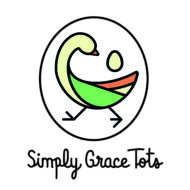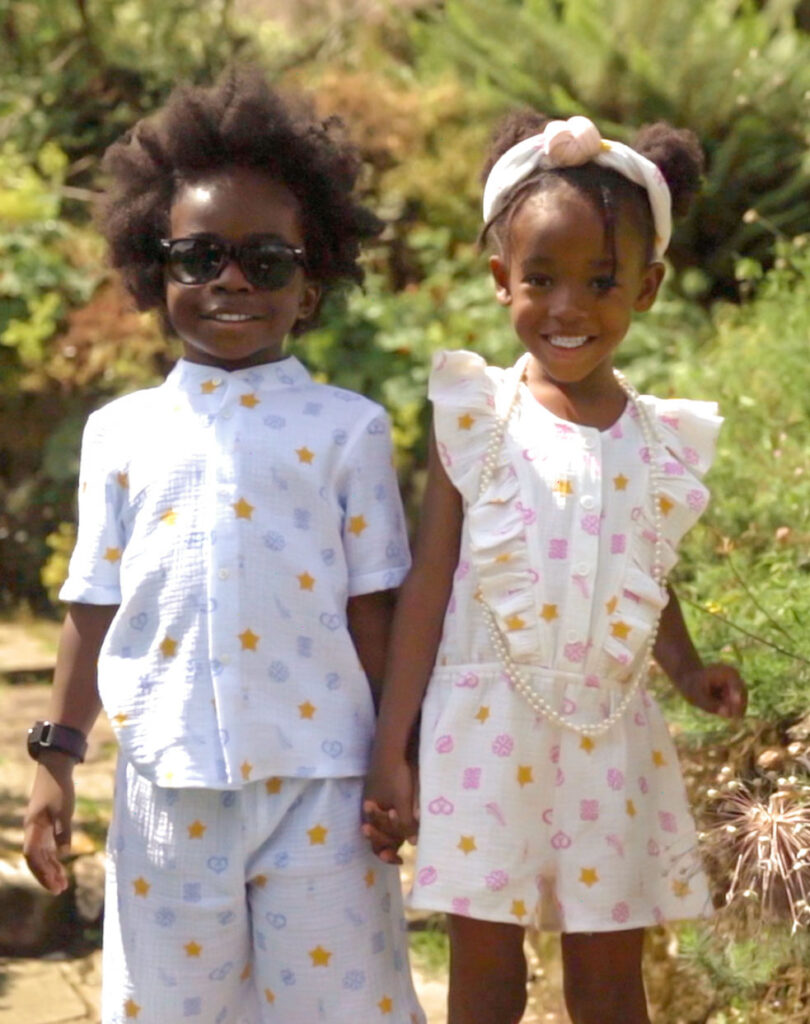Our Story
Building the Brand
Simply Grace Tots is inspired by our Ghanaian heritage. The brand was created to share this heritage rich in history with our British born children, and the world.
It’s not unusual to see bold and vibrant prints in traditional African clothing. However, on the arrival of a new addition to our family we noticed that more often than not, these prints were generally applied to stiff and coarse materials that were far too harsh for the skin of a newborn baby. We wanted to create a brand that would combine our love for our heritage with our newfound love for adorable on-trend kids clothing. By applying meaningful shapes, symbols, and vibrant colours to soft breathable fabrics we have achieved all we set out to and more.
Underpinning our fabric are the Adinkra symbols. From its textile roots, these symbols have become national heritage intertwined in everyday life – they can be found on walls, pottery, jewellery and many more.
The fabrics we use for our clothing focuses on the bright, bold and colourful backgrounds of what is classified as ‘Kwasiada’ loosely translated as “Sunday best”.
The beauty of our brand is in its simplicity, bold colours and historical roots. We aim to use our brand to stimulate cultural curiosity across all ages.
The History of Adinkra
The Adinkra symbols are believed to have originated from Gyaman a former kingdom in Ivory Coast (Côte D’Ivoire). According to Ashanti legend, Adinkra was the name of the king of Gyaman who was defeated in battle and captured by the Ashanti tribesman of Ghana. The legend continues that Nana (King) Adinkra wore cloth decorated with various symbols.
When Gyaman became part of the Ashanti kingdom, in remembrance of Nana Adinkra the Ashantis began printing his symbols onto cotton cloth using calabash stamps and vegetable-based dyes. This became the Adinkra cloth. The symbols demonstrate various themes relating to language, history, beliefs, and the philosophy of the Ashantis. Adinkra symbols have rich proverbial meaning which plays an important role in the Ghanaian culture especially in the Ashanti ethnic group.
Although Adinkra cloth was mainly reserved for royalty and spiritual leaders of the Ashanti people of Ghana for special occasions, it is now popular amongst all ethnic groups and used for a variety of social activities such as festivals, marriages, and naming ceremonies. Today, Adinkra is worn by everyone and frequently mass-produced on brighter coloured fabrics.

